Sofia City Guide
Sofia is one of the oldest cities in the Balkans and dates back to the 5th century BC. Back in the days, lots of tribes were inhabiting the region including Thracians, Celtics, and Slavs. Later, the Romans took over it and ruled for some time, before the Bulgarian tribes came to the lands and took it from them and established the country of Bulgaria in 681.
The city is rich in history from various periods. There you will find lots of open ancient excavations dating back to Roman times, especially in the city center in the Ancient Serdica complex. Furthermore, you can visit the historical museums where you will find lots of artifacts from the past of the city.
Sofia is my hometown and I know it pretty well. Thus, I decided to share some local tips and information on places to visit and things to do while there. Furthermore, I will share with you some hidden gems around the city that you can visit.
Transport in Sofia
I am not going to lie to you. Sofia is a huge city. Sometimes, to get to the city center you will need around half an hour by using public transport or even more. However, there are also other means of transport that you might consider. Below, I will try to explain the best options for transport around Sofia:
-
Public transport in Sofia is reliable and convenient. There are lots of connections you can make between buses, trams, trolleys, and metro. A single journey ticket costs 1.60 BGN and you can buy it either from a ticket office or from the driver. Bear in mind, that a single ticket is valid for 1 type of transport and line. If you plan to use more than one means of transport or different lines you will have to buy another ticket or simply get the “Daily pass” for 4 BGN, which covers all transport options for a single day. You can take a look at the tariffs of transport in Sofia here. Another good option for a tourist in Sofia will be the Electronic Sofia Card, which costs 20 BGN and is valid for 3 days for all lines, providing the holder with discounts in various museums, galleries, shops, and restaurants. More information on the card you can find here. The buses that go to and from the Student’s town are number 94 and 280. Bus 94 stops in front of Sofia University, exactly in the city center and bus 280 stops behind it.
-
There are lots of taxi options in the capital that you can choose from. However, I would suggest you use Yellow taxi. When I am in Sofia I use them a lot and I have always been satisfied with their service. A ride from Student’s town to the center might cost you around 10 to 15 BGN, which is the normal price for the city. I would advise you to download their application to your phone if you plan to use their services and order your cab from there.
Climate in Sofia
Sofia is having a continental type of climate, which means that it has 4 seasons. Spring in Sofia is pretty warm, but it can be a bit rainy. The summer in the capital can be quite hot and sometimes unbearably hot. The autumn in Sofia is quite chilly and rainy, at the end of the seasons it becomes really cold. Then, the winter comes when it shows a lot and sometimes it is hard to get out, due to the harsh snowfall. In addition to that, it can reach -20 degrees or more in the winter. So you better be prepared.
Food in Sofia
The capital offers diverse options when it comes to food. You can find lots of traditional Bulgarian restaurants and try the local cuisine, but you can also find Chinese, Nepalese, Thai, Japanese, Russian, Turkish, Indian and many more. The prices for a meal vary between 10 to 20 BGN, depending on the type of restaurant.
If you want to eat something good and traditional you can visit one of Divaka's restaurants in the center. There you can find lots of traditional meals like Shopska and Ovcharska salad, Shkembe soup made with tripe and milk, Tarator (soup with yogurt and cucumbers)Panagiurski eggs (traditional meal from the Rhodopi region), Parlenka (bread with garlic and butter) or home-made biscuit cake, which takes amazing.
Their special dish is the Divaka cream soup, which is a soup in a bun of bread. It is really a nice meal, but most of the people go there for traditional dishes, so make sure to try some of them.
Furthermore, I would advise you to try the street food in Sofia and eat some Banichka or Kifla. You can even try the Airan drink, which is nice and refreshing. You can find these in every street bakery for less than 2 BGN each.
If you want to eat something different you can go to one of the Chinese restaurants and there are lots of them in the city. All of them have an almost identical menu and it will cost you between 10 to 15 BGN for a portion.
When it comes to Japanese cuisine you can also find lots of options, but I would suggest to go and get a good Ramen at Umamido. However, if you want to eat some good sushi you can head straight to one of Raffy Bar and Gelato’s restaurants or to one of the Happy restaurants around town. If I have to be honest they offer the best sushi in town and it is not that expensive.
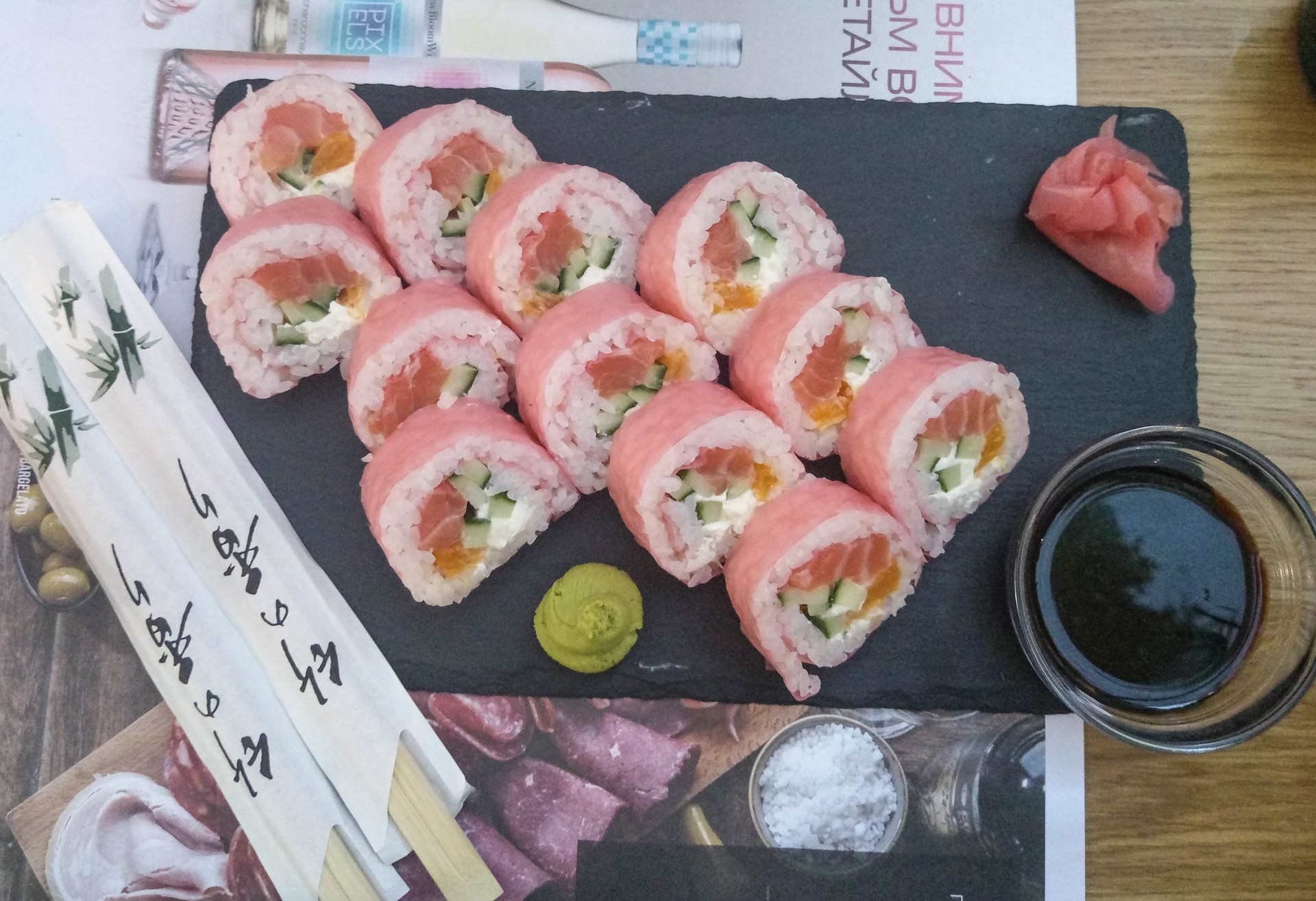
Indian food is also easy to find around town and there is a really good restaurant called Saffron and it is in the Student’s city neighborhood. They offer one of the best Chicken tikka masala and I also tried their Shrimp masala, which was delicious. In addition to that, I would suggest you try out the Mango Lassi drink because it’s delish! By the way, they will for sure ask you how spicy you would like your meal to be, so if it is your first time, go for the less spicy option.
In case you are craving burgers like I always do there are lots of options in the city to choose from. However, I have favourite burger restaurants that I think offer the best burgers in town. The first one that I loved, not only because of the fine burgers but also the good service is Maison's Bar & Dinner. The restaurant is in the middle of the Student’s town and offers a lot of different food options from salads, pasta, salads, gourmet meals to delicious sushi and fancy cocktails. A burger in the restaurant costs 10 BGN and you can also ask them about their secret black burger bread bun. The other two burger options are Skaptoburger, Ribs Brothers and Boom! Burgers, which are located in the center and the price of a burger can be a bit higher and around 15 BGN.

Last but not least, if you are trying to eat healthily you can try restaurants like Made in Blue or Rainbow Factory, where they offer a seasonal menu and lots of various healthy foods. Both of the restaurants are located in the city center, so if you are nearby just check them out.

Nightlife in Sofia
The nightlife is Sofia is quite diverse. You can find lots of options for yourself depending on the type of music or party you like. For example, the best techno and house parties are at Yalta club and also Bedroom Premium. If you are curious and want to party on some Bulgarian Chalga music you can go to Plazza or Club 33 in Student’s town. However, if you just want to dance and have lots of fun you can go to the Carrusel club or PM club in the center.
Keep in mind that most of the clubs are having an entrance fee that might vary from 10 to 20 BGN or more. However, you can party hard for just 20-30 BGN in total.
Things to visit in Sofia
Since Sofia is quite a big city a day might not be enough to visit everything. However, this depends on your pace, so you can check the highlights of the city below and decide for yourself.
Alexander Nevsky Cathedral
The cathedral is one of the symbols of the city and this is no surprise, due to its importance to the Bulgarian people. It is also the biggest finished Orthodox cathedral in the southeast of Europe and the Balkans. Nevsky Cathedral is built in a Neo-Byzantine style, which is typical for the region and can be distinguished easily by its gold-plated dome. The cathedral from the inside is quite fascinating and will for sure catch your sight, as most probably you have not seen something similar. The walls are hand-painted and you can see lots of frescoes, as well as altars and secret staircases. It is not well-lid on the inside, which makes it a bit mysterious, but this is how most of the churches in Bulgaria are.

"Ivan Vazov" National Theater
The theatre is known as the oldest and most notorious theatre in the country. It is one of the most flamboyant buildings in the capital and was built at the beginning of the 20th century by an Austrian architect. It is important to note that the theatre was named after one of the most notable writers in the Bulgarian history – Ivan Vazov, who is considered to be the patriarch of the Bulgarian literature.
Even though, you might not consider watching a play in the theatre you can enjoy some time in the park around the theatre where lots of young people gather for a drink and to chill in the warmer days.
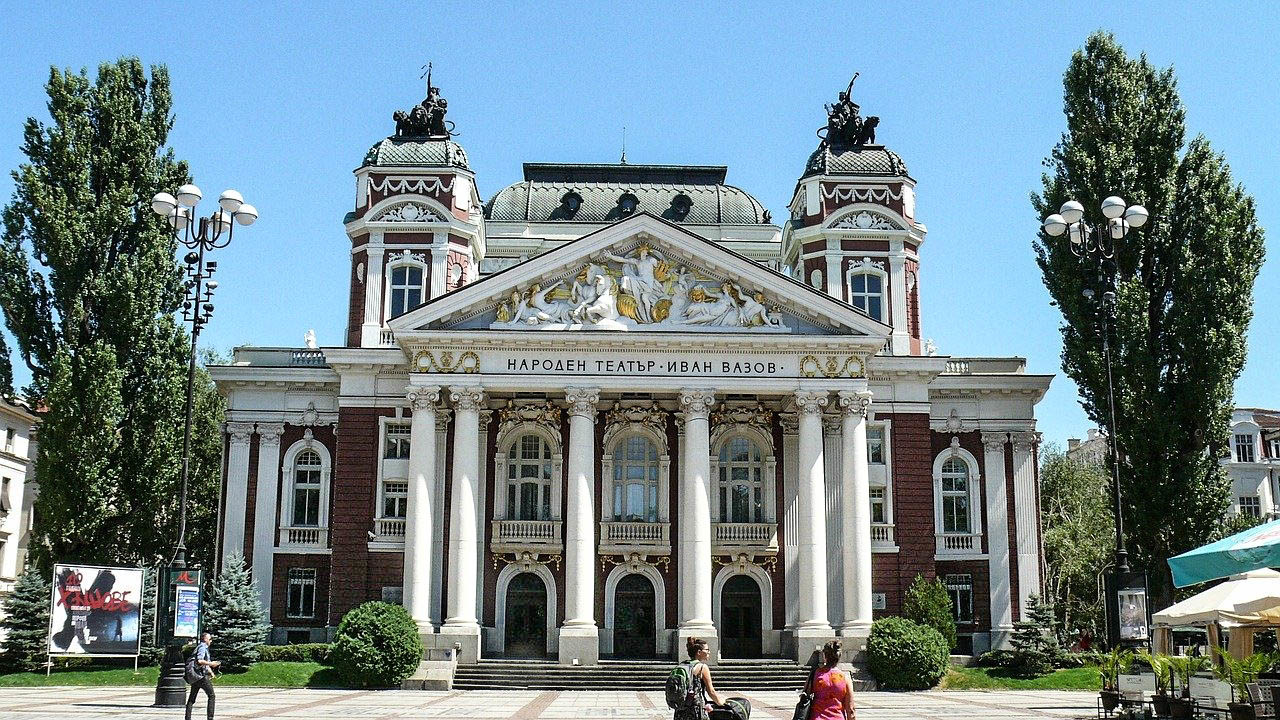
Church of Saint George
Going deeper into the city center you can find the church of Saint George, which is a red brick rotunda, considered to be the oldest building in the capital. The church was built during the 4th century when Constantine the Great was residing in Sofia and ruling the Roman Empire from there. It is considered to be the oldest Orthodox Church in eastern Europe and one of the most historically important churches in Bulgaria.
An interesting fact about the church is that it has 5 layers of frescoes from different periods. The original frescoes were in Roman-Byzantine style done with the creation of the church, the second ones were in Bulgarian medieval style, the third one was made in the 11th or 12th century and depicted prophets, the fourth is from the 14th century and is a portrait of a bishop and the last layer is with Islamic paintings, which is from later period. Another interesting fact is that the church was turned into a mosque in the 16th century when the Ottomans were ruling the lands.
Ancient Serdica Complex
Right in the heart of the capital, resides the ancient Serdica complex. The complex is right in the Serdica metro stations and shows a couple of ancient Roman streets, houses, baths and a basilica dating back to the 4th century. It is a regular stop for lots of tourists that are coming to Sofia and you can easily navigate through it, as there are plenty of signs and information about the site.
Banya Bashi Mosque
The Banya Bashi Mosque is a beautiful mosque right in the heart of the city. It has been built in the 16th century during Ottoman ruling over Bulgaria. Back in the days, there were lots of mosques in the city, but after the independence of Bulgaria most of them were destroyed and this is the only one left in the city.
The Largo
The Largo in Sofia is a group of architectural buildings in the very heart of the city. It consists of the Parliament, the National Assembly that is in the center, the Council of Ministers and TZUM, which is a department store. All the buildings in the ensemble are built in the Socialist Classicism architectural style and you will easily recognize them when you pass by.
As a local, I would give you a tip on where to go and grab some good food and drinks there. It is exactly next to the entrance of the Serdica metro station and is called Largo bar and dinner. I usually go there for their excellent Aperol Spritz and the good service. However, the food there is also as good, so don’t miss it.

The Parliament
There is no chance that you will miss the building of the Parliament in Sofia. It is right next to the Serdica station and is a pretty massive building. In front of the building, there are still guards that are protecting it and you can watch their ceremony for the change of the shift.
National Art Gallery
Back in the days, during the ruling of the Ottomans over Bulgaria, the building that is housing now the National Art Gallery was a Turkish residence for some important personas. However, right after the liberation of Bulgaria, it was reconstructed by an Austrian architect to a palace for the Bulgarian royal family.
The gallery has two floors – on the first one are displays the temporary exhibitions and on the second one, you will find 3 doors leading to the Bulgarian art gallery dating back to the 4th century, the Royal family gallery and the National Ethnography Museum showing traditional Bulgarian clothing over time.
The price of the tickets for adults is 6 BGN for the gallery and for the museum and for students it’s 3 BGN. To enter the museum, you will have to purchase another ticket from the other second ticket office that is in the building.
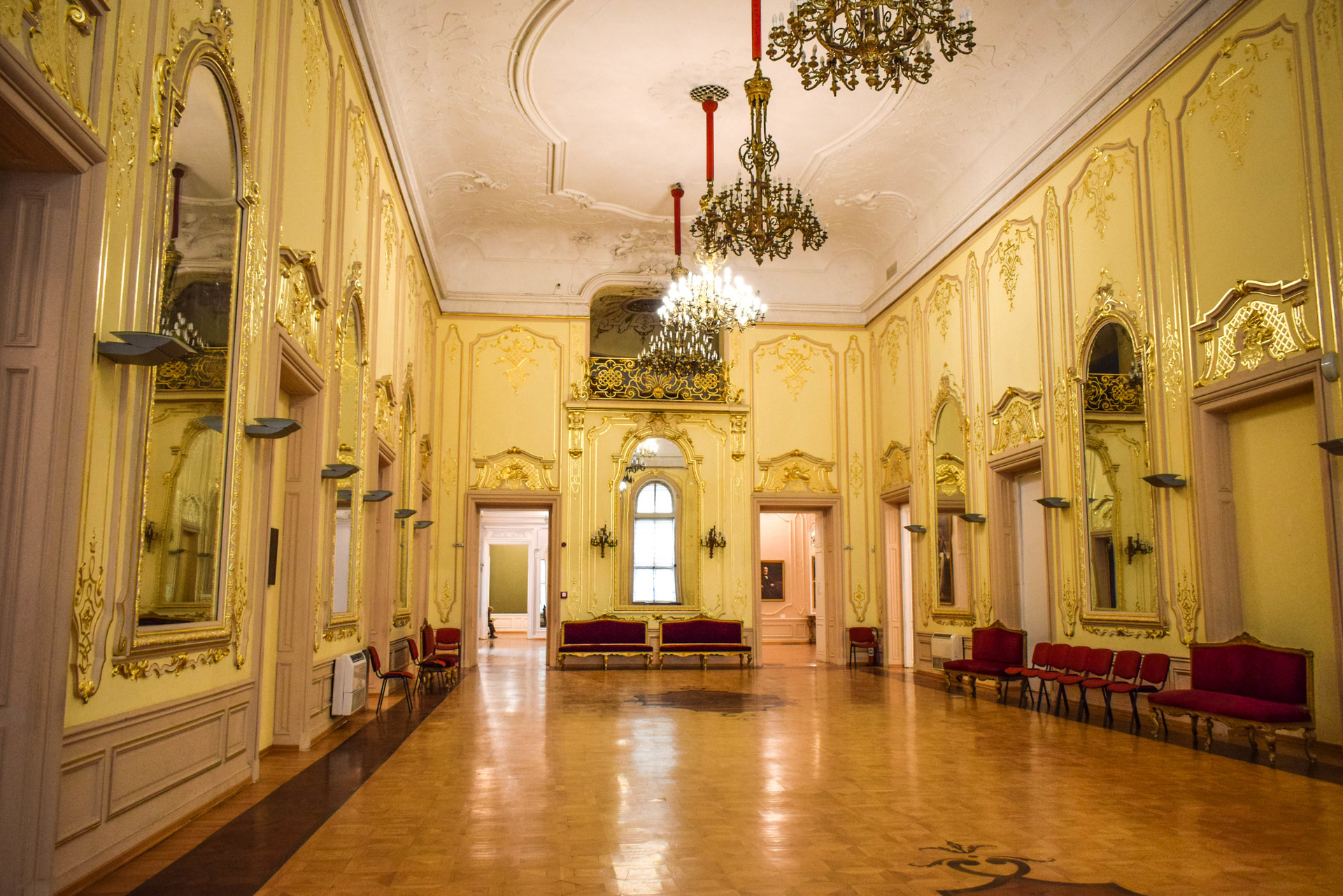
Vitosha Boulevard
The boulevard is a famous gastronomic stop where most of the famous restaurants and bars are set. Some of the restaurants I would suggest visiting here are the Raffy Bar and Gelato, Ribs Brother, where you can get some fine ribs and Shtastliveca, which is a fancy restaurant which provides a very good seasonal menu. If you fancy a drink you can check out Memento bar.
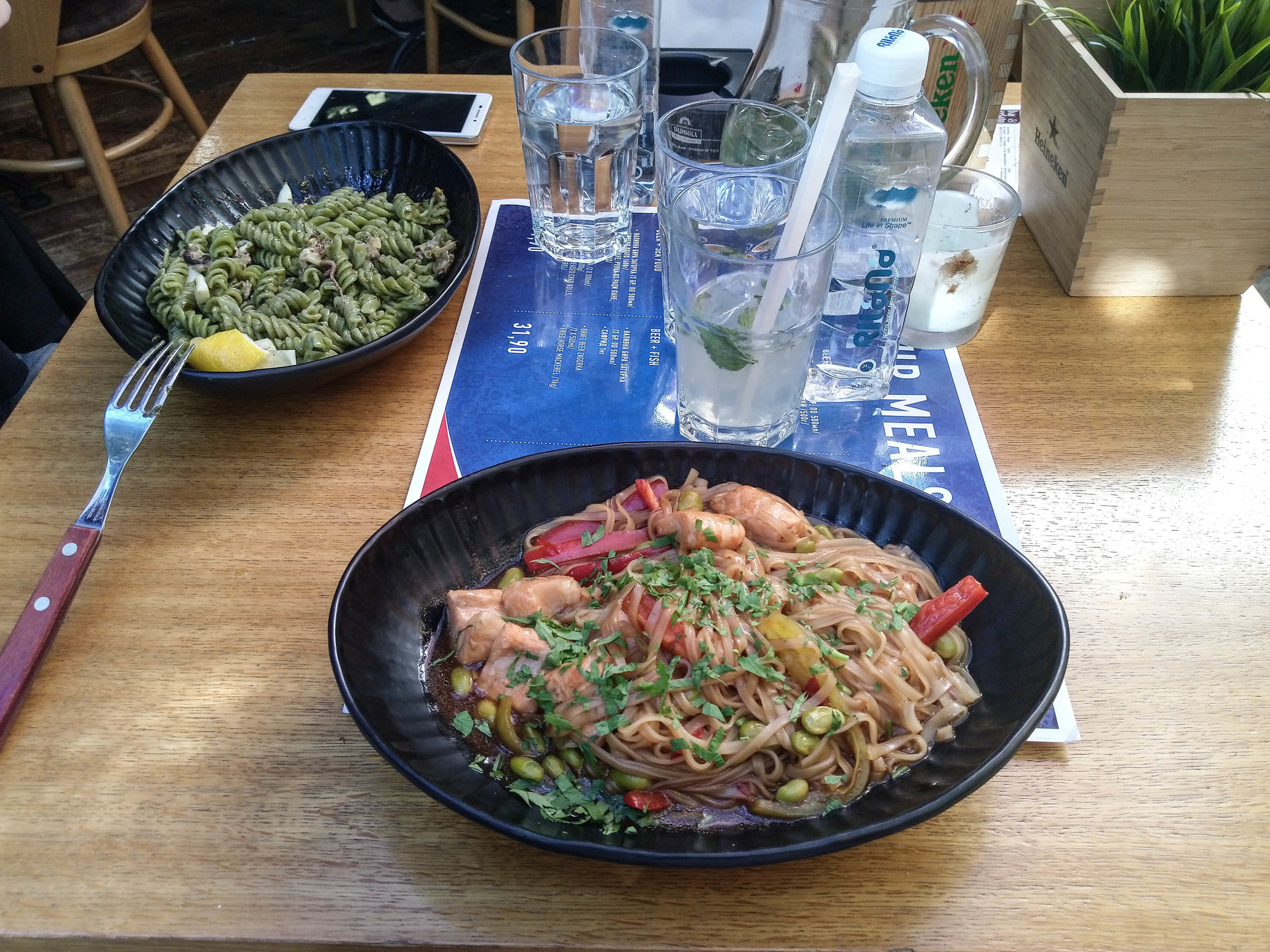
National Palace of Culture
Right after your walk at Vitosha boulevard, you will end up in the garden of the National Palace of Culture or NDK as the locals call it. Although, it is not considered to be a popular site for tourists for Sofia I would recommend it, simply as it is the soul of the city. It is a prominent communist monument that is home to the Sofia International Film Festival and is also a place housing lots of concerts and events every year.
The Lovers’ Bridge
A bit of walking from the National Palace of Culture you will find the Lovers’ Bridge. It was named that by the locals, as in the past many young couples were meeting here and kissing on that bridge. Nowadays, it is a popular place for meeting up with friends or your lover. Sometimes there are different exhibitions hanged and you can watch the sunset over the city from there.
The Russian Church
It is one of the highlights of the capital and is one of the most beautiful churches. The church was built over a destroyed mosque after the liberation of Bulgaria from the Ottoman Empire. There is no way for you to miss, as you will easily recognize it among the other churches in town by its typical Russian architectural style and the 5 golden domes on top.
National Historical Museum
The museum is situated near the Vitosha mountain, but you can easily get to it with public transport. It is one of the most interesting museums in Sofia and you will for sure enjoy it. There are lots of halls with lots of artifacts from prehistoric times and antiquity, as well as from the medieval ages in Bulgaria. You will also be able to see the famous golden Thracian treasure exhibited in the museum. The ticket for students is 1 BGN and for adults is 10 BGN. There you can also buy a combined ticket for the museum and Boyana church for 12 BGN. The church is famous for its well-preserved picturesque frescoes from medieval times showing the Bulgarian King of the time along with his wife and the famous Bulgarian saint Ivan Rilski.
Vrana Palace
This palace is quite far away from the city but can be reached easily by using public transport. To go there you can catch bus number 505, which departs every hour from Lion’s Bridge and the ticket costs 1.60 BGN. It was once used as a residence for the Ottoman governor of Sofia and then it was gifted to the Bulgarian royal family. However, now it is not being inhabited and is open for visitors to walk around its gardens. In addition, to the palace, you will also see the hunting villa, artificial lakes, greenhouses, and stables or the royal family. The ticket price for the Vrana (Crow) Palace is 5 BGN.
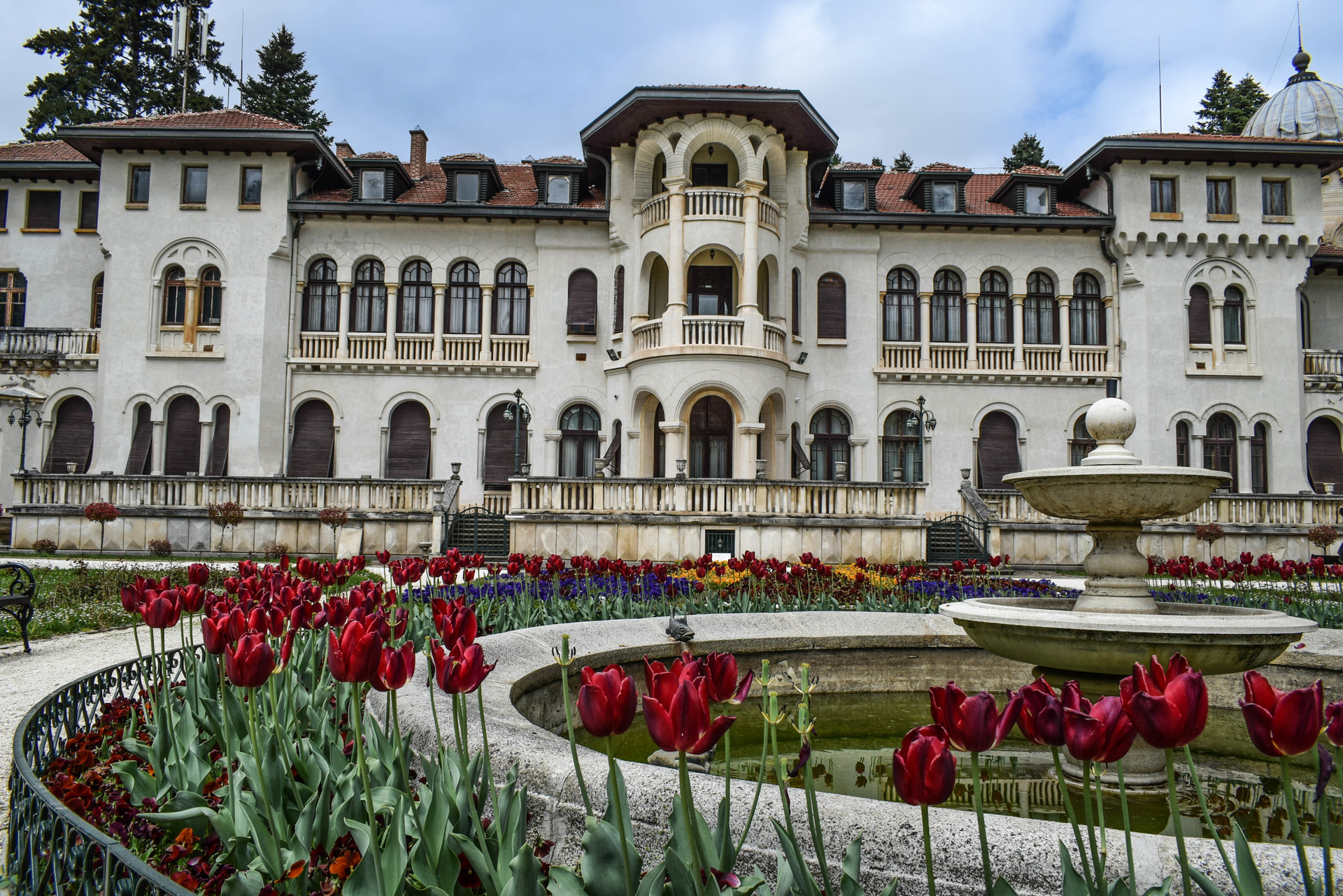
Parks in Sofia
Sofia is a pretty green city and offers a lot of parks where you can just take a walk, play, drink or relax on the ground. One of the most famous parks is the Borisova gradina(Boris's garden), which is next to the Lion’s Bridge and close to Sofia University. The park is pretty big and there are lots of activities you can do there. My favorite part of the park is the fountain with lilies, where you can get a drink and meet some friends.
South Park is a bit further from the center, but it is one of the biggest parks along with the West and North park. It is considered to be more of a neighborhood kind of park where you can walk your dog, go for a jog or simply drink beer with your friends.
Pancharevo Lake is almost outside of the city, but don’t worry, because you can go there by public transport. The buses that go there are number 1 and 4. It is a vast green territory with a huge lake in the middle where you can ride a boat, kayak or do other water sports. This park is also known for its good alleys where lots of people cycle.
Crystal’s Garden is one of the most famous parks where all young people are gathering for a drink and to play games around the park or just chill. Once there you will for sure be amazed by the diversity of people and how open-minded they are. In the park, there is also the Bar Crystal where lots of famous people from the high life gather for a drink along with the locals.
Markets in Sofia
The Ladies' Market is an open-air market in the center of the city next to the Banya Bashi Mosque. Situated in between old residential buildings it is hidden from the public’s eye. On that market, you can find absolutely anything and the prices are lower than in the normal shops. When I was in Sofia I used to go there twice during the week and buy myself fresh fruits and vegetables for prices twice as cheaper than in the supermarkets. You can also find pretty good honey and traditional dairy products, as well as shops with spices and products from Asia.
Central Market Hall is a covered market in the center of Sofia close to the Ladies’ market. It is full of little shops where you can buy local fresh fruits, vegetables, meat, dairy products of high quality and even clothes. It is also a nice place to go and take your coffee in the morning accompanied by a nice pastry.
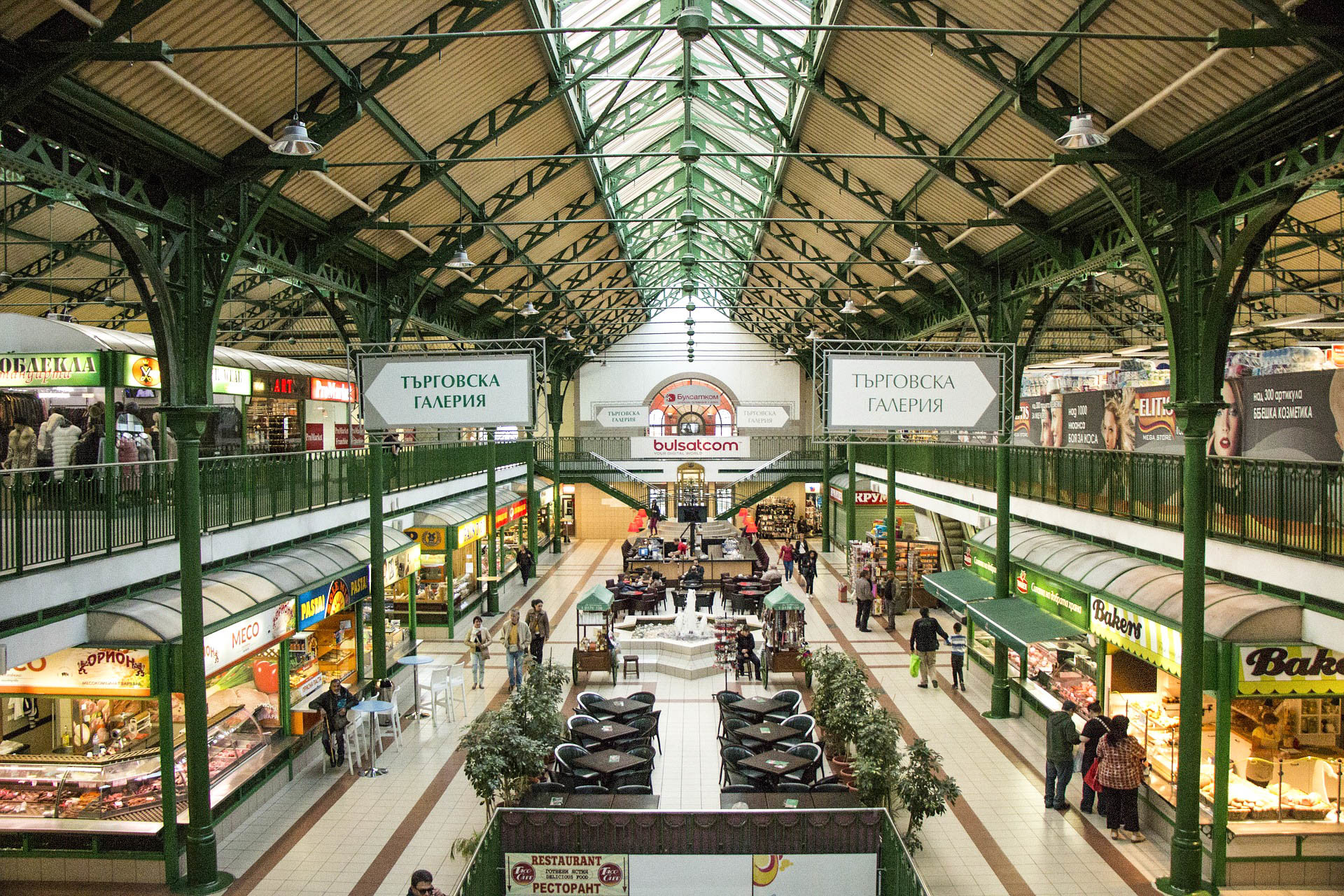
Shopping centres in Sofia
As a big city, Sofia offers lots of options for shopping and it has a lot of malls. My favourite malls in Sofia are the ones where you can find absolutely everything from shops selling clothing to shops selling techniques. For example, Ring Mall is the closest mall to Student’s town and is pretty easily reachable by catching bus 69 from the UNWE’s stop. This mall has one of the best views of the mountain and offers an abundance of restaurants and cafes with it.
Another one I like is Paradise mall, in which the shops like H&M, Zara or Reserved are a bit bigger and have more collections available. The Mall is one of the first malls and is known for being crowded all the time, but I would say that there the sales are always bigger than anywhere else.
Serdica Mall is a huge mall almost in the center of the city and has really good bookshops. Unfortunately, it does not have a cinema like the other malls but is a pretty nice shopping center.
Hiking Vitosha mountain
What I love most about my hometown is the mountain that is nearby. There are lots of trails that you can go on and explore around. However, I will share with you one of my favourite trails up in the Vitosha mountain.
-
The trail to the Dragalevtsi Monastery is one of my favourite due to being the easiest one. There is not a lot of climbing and you end up at one of the nicest monasteries around. The church of the monastery is kind of old, but well-preserved. To get there you have to catch bus 93, which stops in the center of Dragalevtsi. From the bus stop just start walking up the street to the forest path.
-
Hiking to Cherni Vrah(Cherni peak) is a must if you are an avid hiker. The easiest way to start your hike is by catching bus 66, which will take you to Aleko hut’s parking and then you can start your hike up to the top of Vitosha mountain. The hike can last from 2 hours to 4-5 depending on your pace.
-
The hardest hike is the one up to the Boyana waterfall, but it is worth it, plus you can rest near the waterfall and enjoy the nature sounds. It takes around 2-3 hours of climbing and I can assure you that you will sweat a lot on that hike.

If you want to see a nice view of the city of Sofia you can go to the Kopitoto (Vitosha mountain’s TV tower). It is a famous stop for most of the locals in Sofia and sometimes people even come here on New Year’s to watch the fireworks.
While you are hiking Vitosha Mountain make sure to go into the huts that you will encounter. There you will find lots of traditional food options that you will hardly forget after trying. Most of the huts offer the traditional Bob Chorba, which is a traditional beans dish and lentils soup or chicken one. They also offer kufte or kebabche, which are fried meatballs or grilled with fried potatoes. The prices are low, but the quality of food is excellent and so is the hospitality.
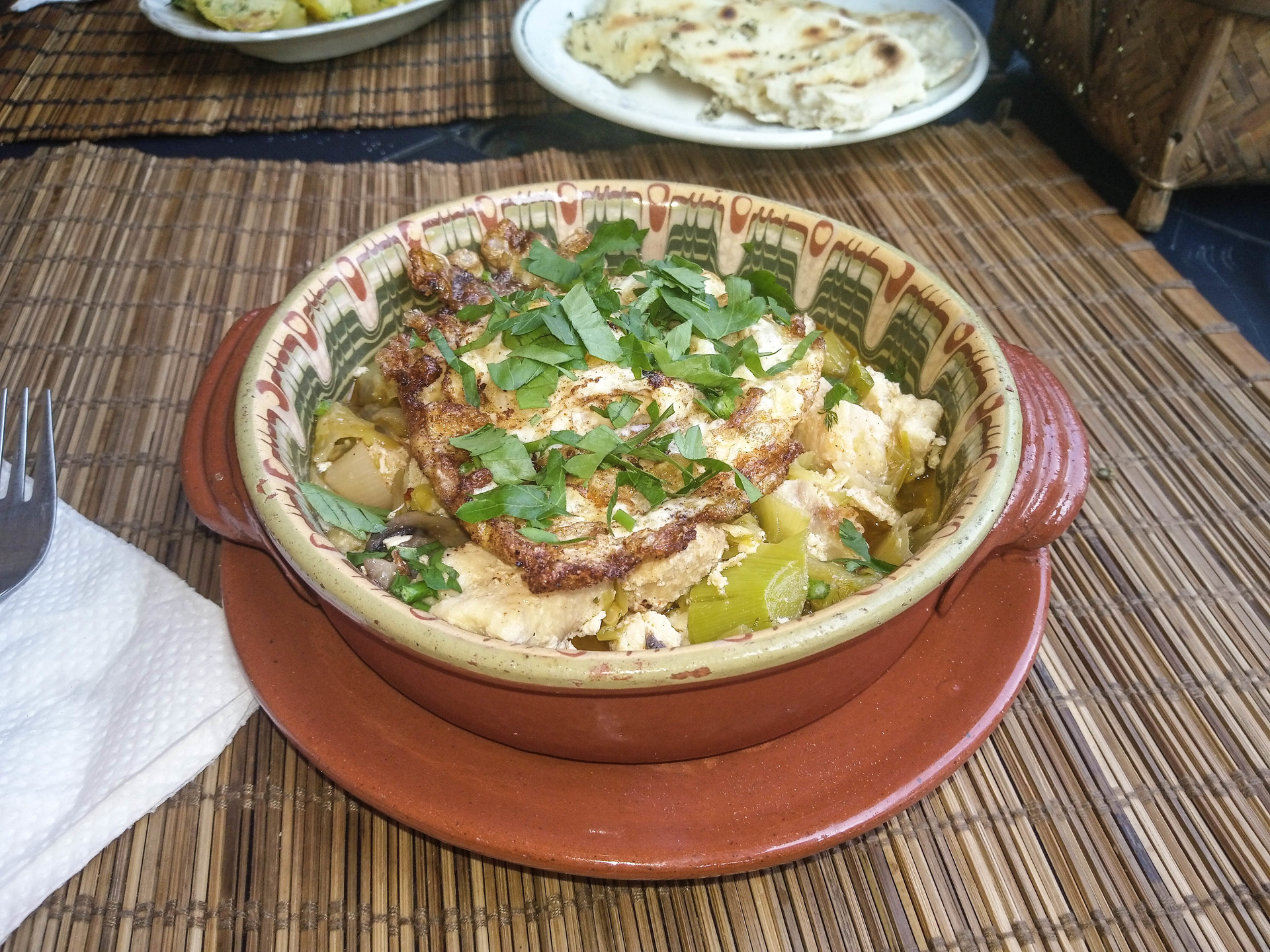
Huts that you might find during your hike in Vitosha are Aleko hut, before going to the peak of Vitosha (Cherni vruh), Kamen del, Planinetz and Septemvri.
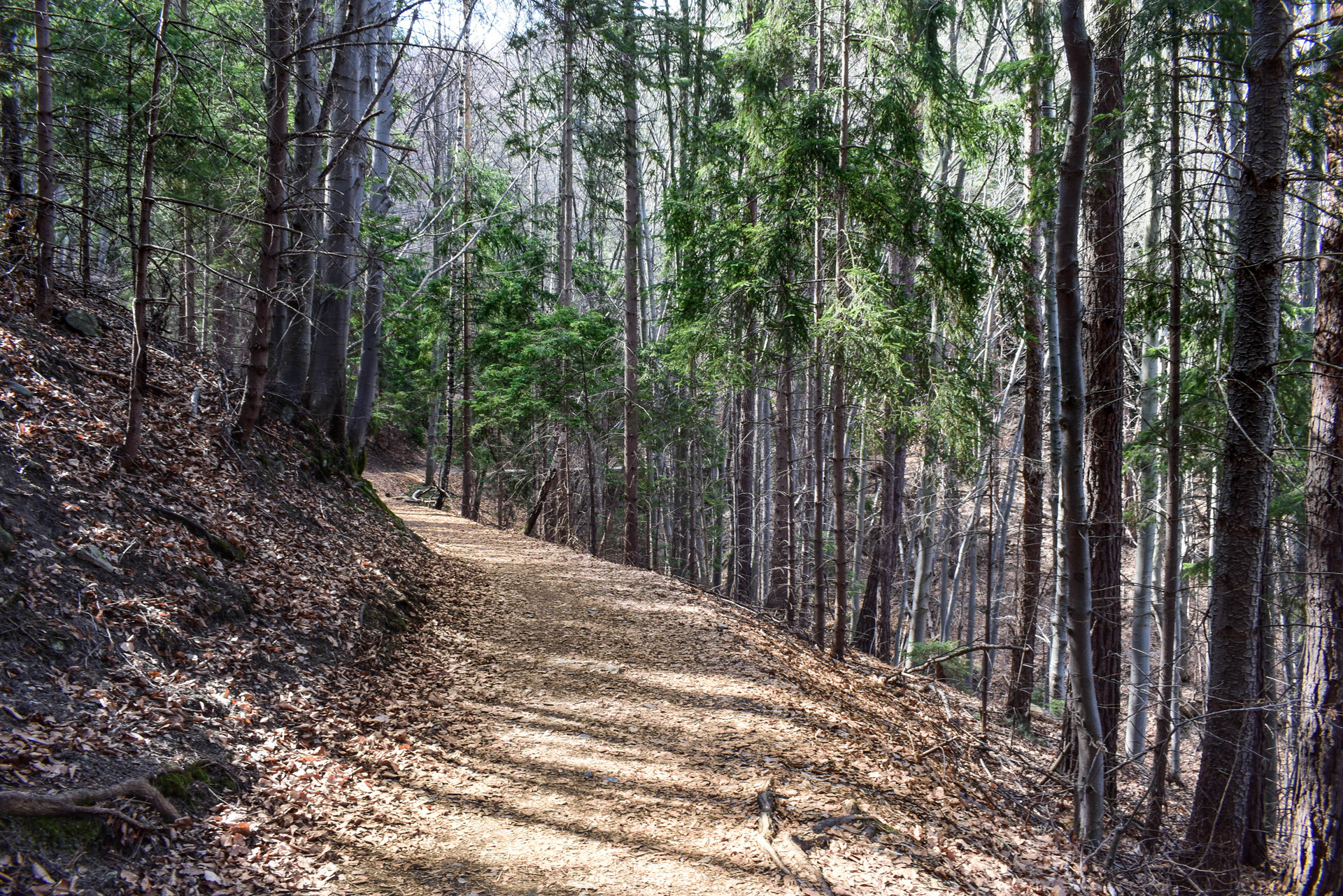
Photo gallery
Content available in other languages
- Español: Guía de viaje por Sofía
Want to have your own Erasmus blog?
If you are experiencing living abroad, you're an avid traveller or want to promote the city where you live... create your own blog and share your adventures!
I want to create my Erasmus blog! →






























Comments (0 comments)